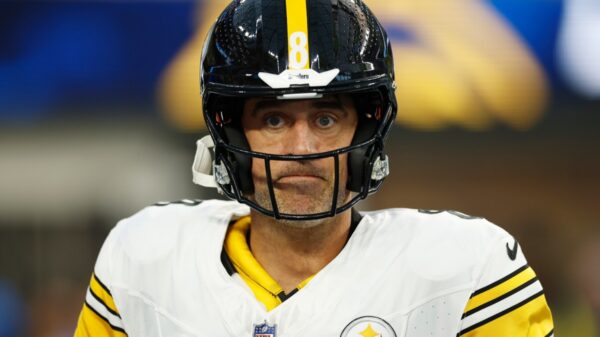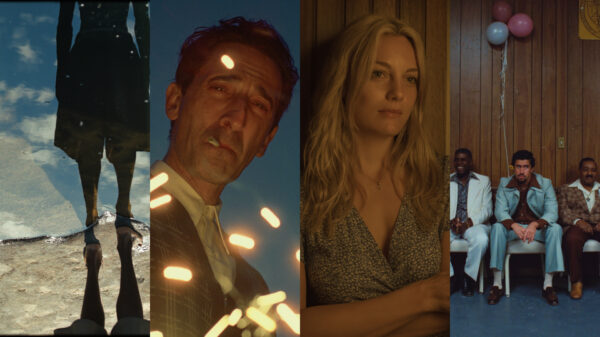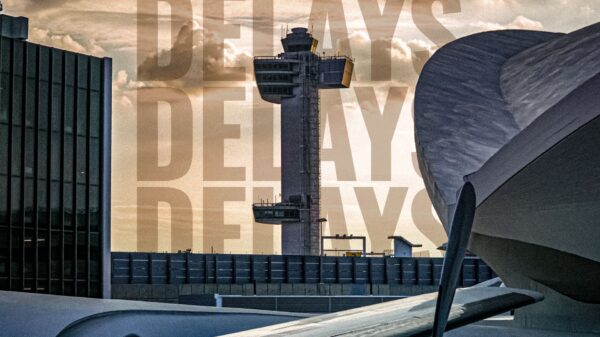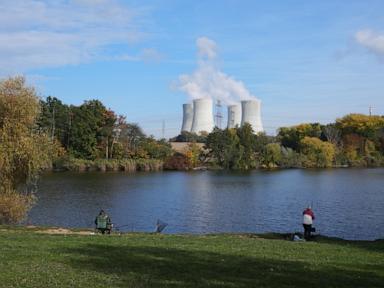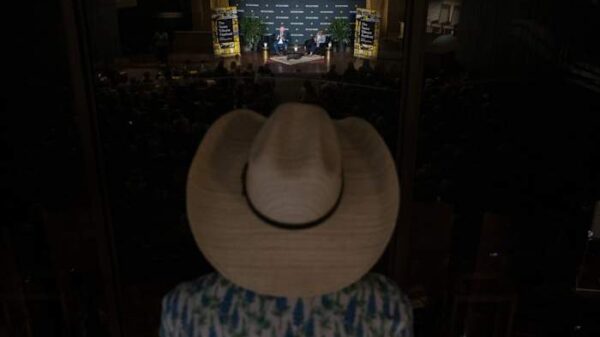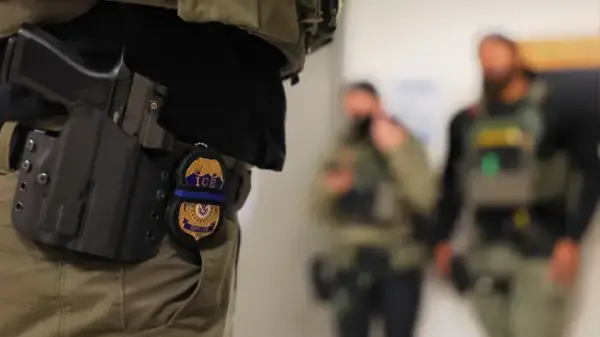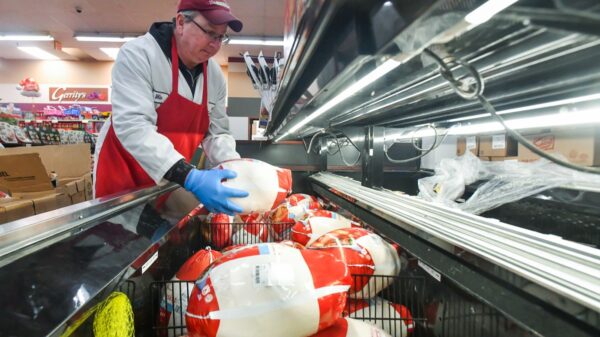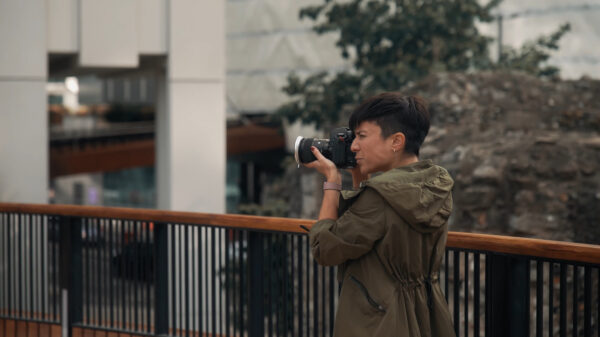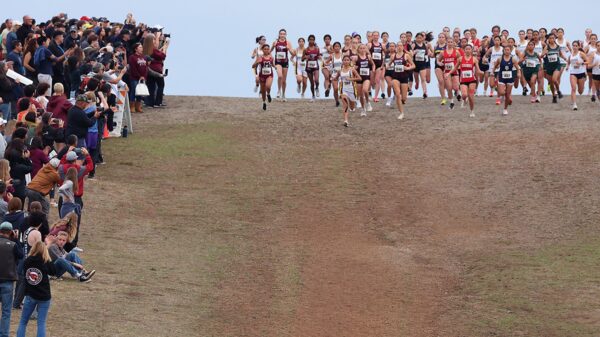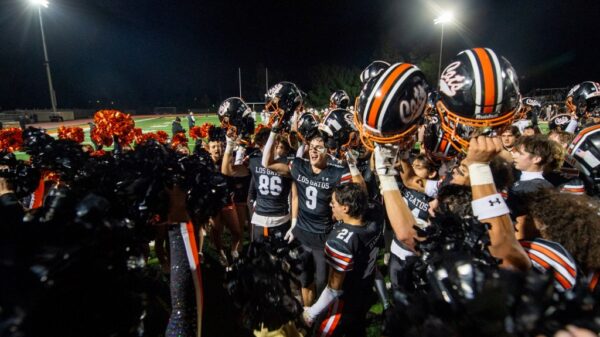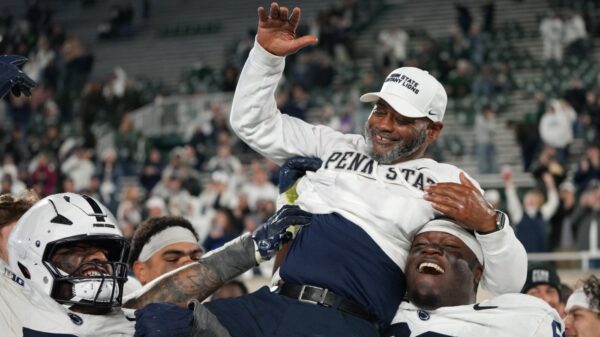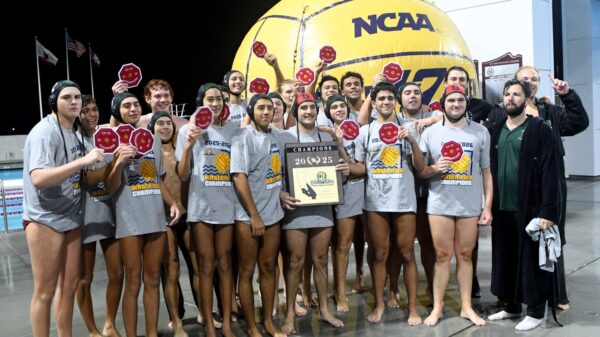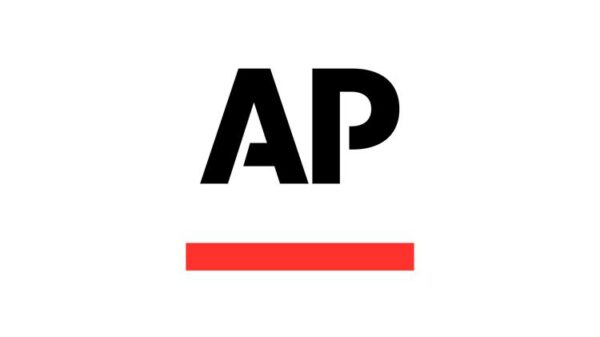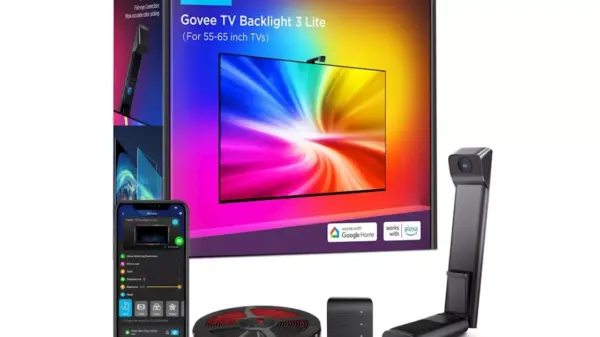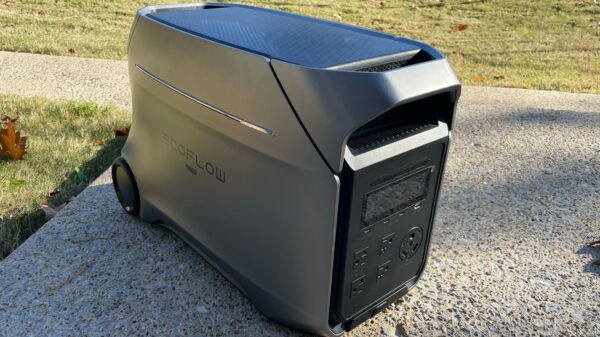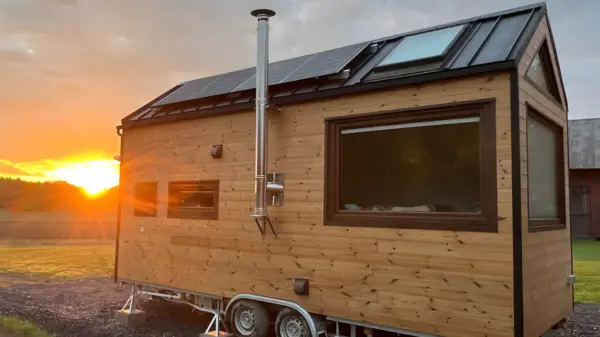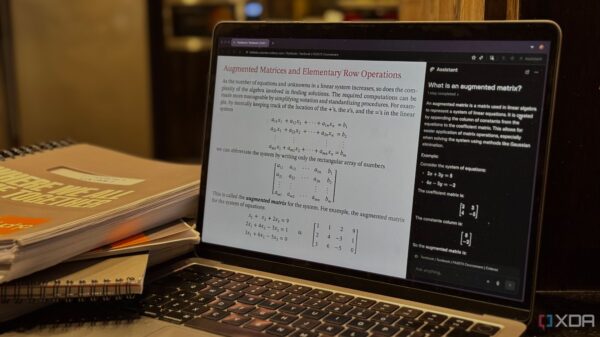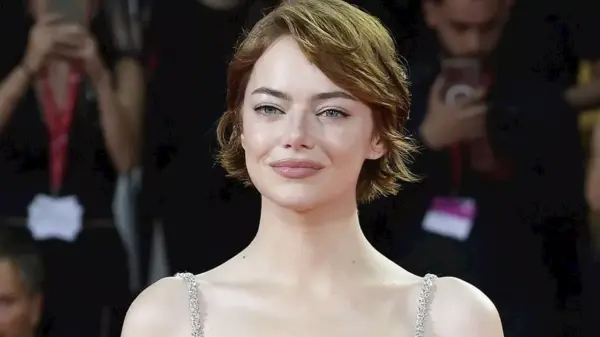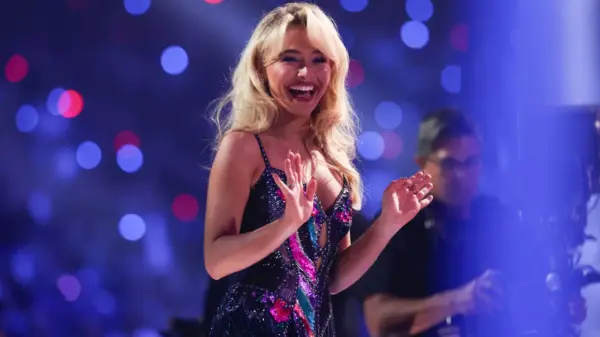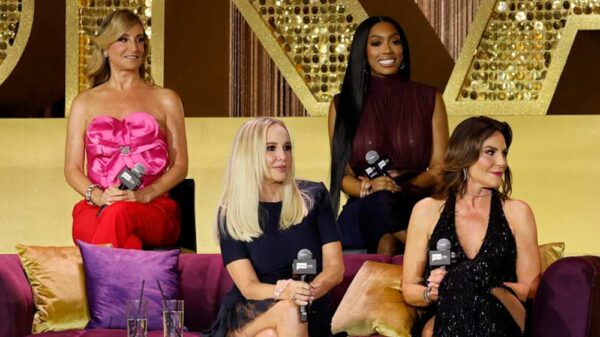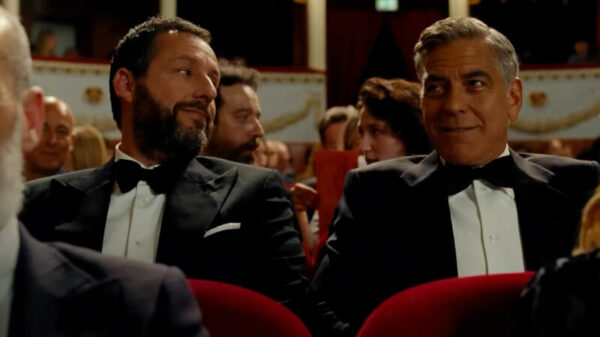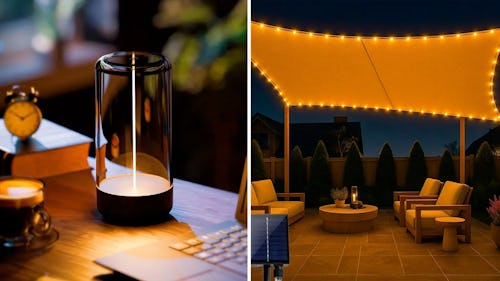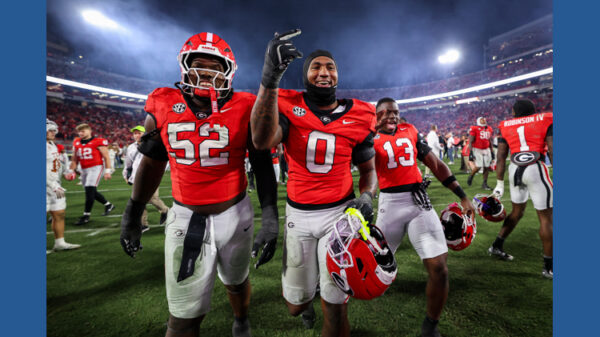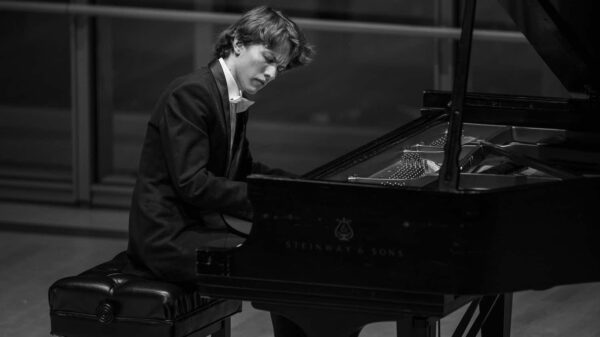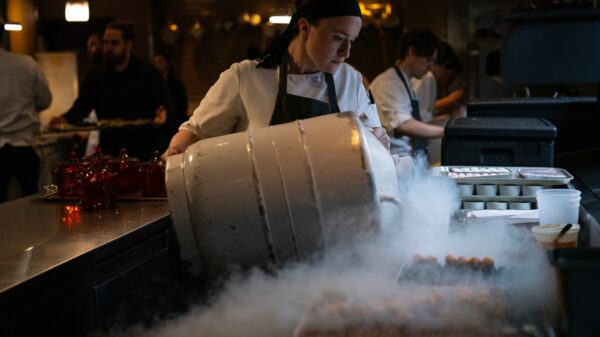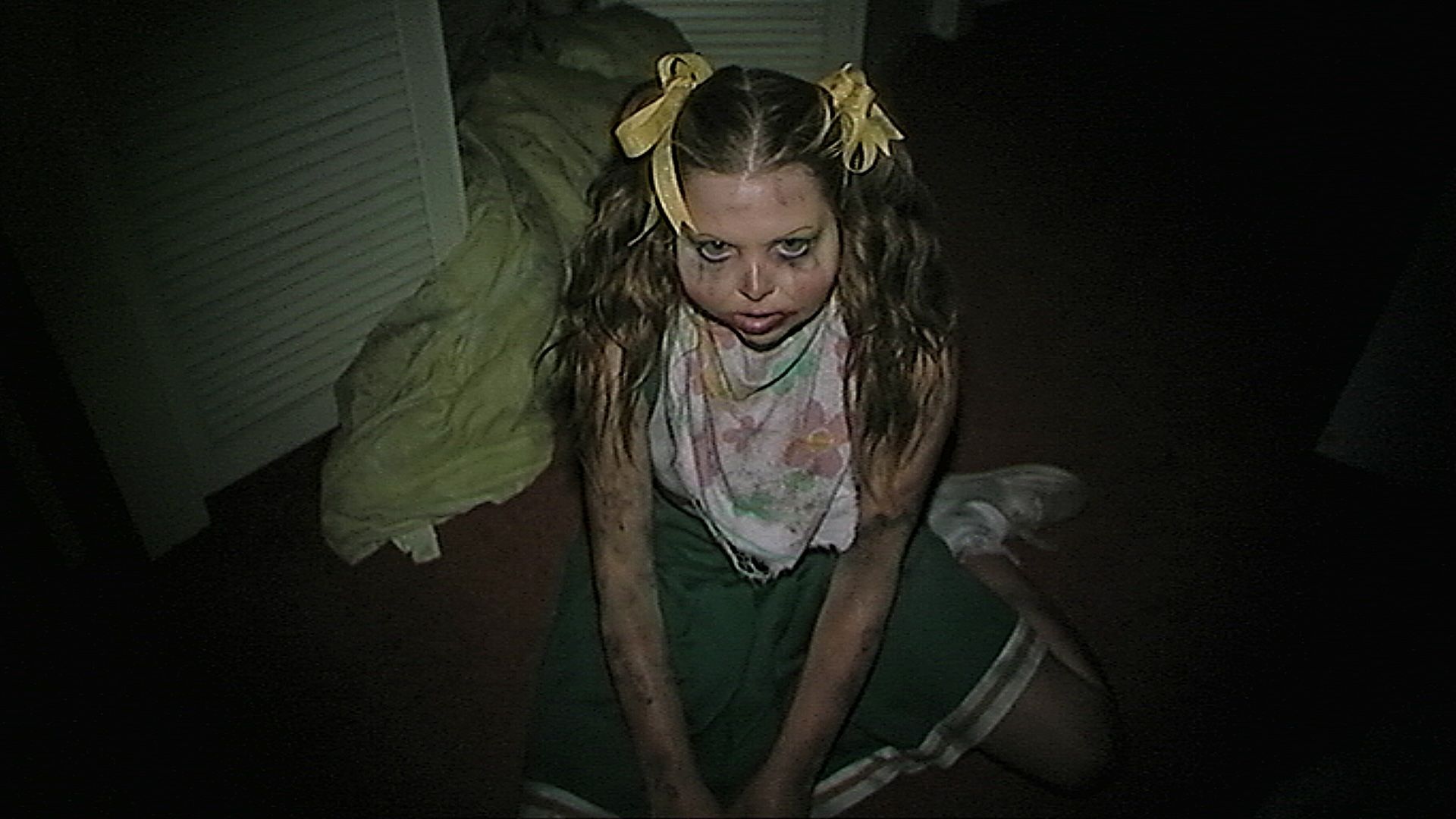The directors of the upcoming horror film V/H/S Halloween shared insights into the complexities of creating found-footage films during a post-screening Q&A at the 2025 Fantastic Fest in Austin. The anthology film features five short stories centered around Halloween, tied together by a narrative involving a scientist conducting deadly consumer product tests.
During the discussion, director Anna Zlokovic candidly remarked that making found-footage horror is “hard as fuck to shoot.” Her fellow directors echoed her sentiments, highlighting the unique challenges they face in this genre.
Creative Limitations and Audience Engagement
The directors pointed out that the constraints of found-footage filmmaking often limit creative freedom. Micheline Pitt, co-director of “Home Haunt,” explained that every shot must be motivated by the camera operator’s perspective. This requirement forces filmmakers to navigate their creative ideas within strict confines.
Conversely, Alex Ross Perry, who directed “Kidprint,” found these limitations liberating. He appreciated the 360-degree open set, which simplified the blocking and coverage that traditional filmmaking demands. The simplicity of knowing that blocking determines coverage was a revelation for him, allowing for a single take to encapsulate the scene.
Zlokovic elaborated on another challenge: maintaining audience suspension of disbelief. She emphasized the necessity for performances and sound to feel real, stating, “If you have something like an adult man in a diaper, how do you sell that as realistic?” The balance between absurdity and authenticity can be precarious, as losing the audience’s trust can occur with just one misstep.
The Technical Challenges of Found-Footage Filmmaking
Technical difficulties also present significant hurdles. Bryan M. Ferguson, director of “Diet Phantasma,” noted the struggle of coordinating practical effects with camera movements. He described his experience of working under tight deadlines, stating, “It is liberating, because with found footage, you can take certain liberties with it… But it was hard.”
Co-director R.H. Norman focused on the rhythm of shooting, particularly when using long takes. His approach involved editing in-camera, which required a keen sense of timing and flow. The challenge lies in finding the right rhythm across takes, as the final product must feel seamless to the viewer.
Other directors, such as Paco Plaza, raised concerns about the believability of character actions in found-footage films. Plaza argued that maintaining a sense of realism is crucial, suggesting the camera should arrive late to events rather than be positioned too conveniently.
When asked about their proudest shots, directors recounted moments that exemplified their creative visions. Perry highlighted a scene with multiple video feeds, which required meticulous planning and coordination. Pitt celebrated an impossible shot that reflected her performance, while Zlokovic expressed pride in a challenging sequence that came together beautifully after several takes.
As the V/H/S Halloween anthology prepares for its release on Shudder, the directors reaffirm their commitment to pushing the boundaries of found-footage horror. Their insights shed light on the intricate balance between creativity and technical proficiency that defines this unique genre.





